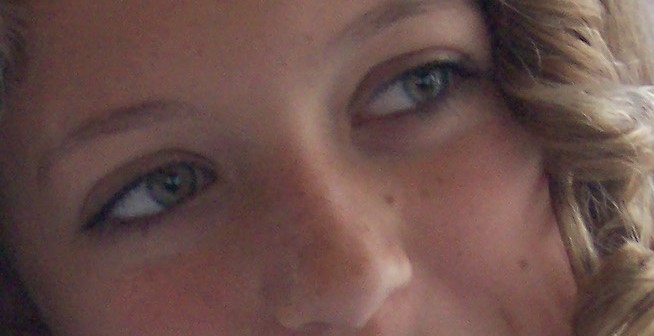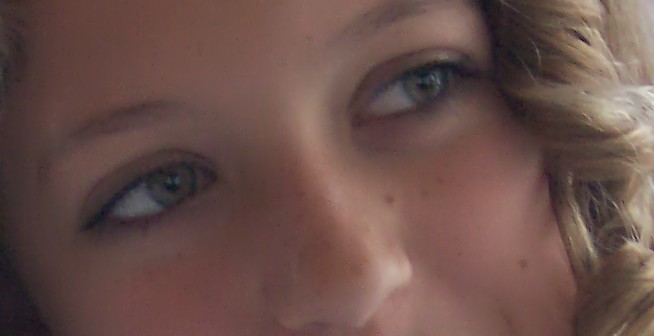MIZZI Computer Software
Understanding noise filters

MIZZI Computer Software
|
 |
 |
f/3.4, 1/8 sec, ISO 100 click to enlarge it |
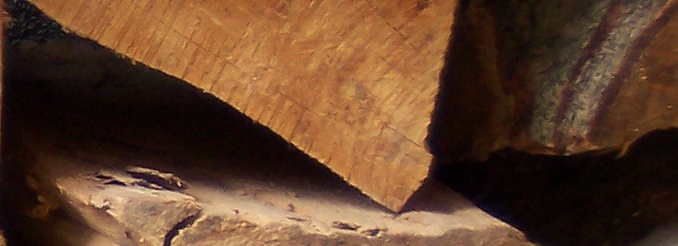 |
f/3.4, 1/8 sec, ISO 100 |
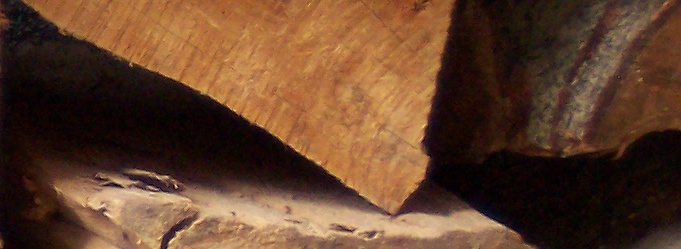 |
f/3.4, 1/15 sec, ISO 200 |
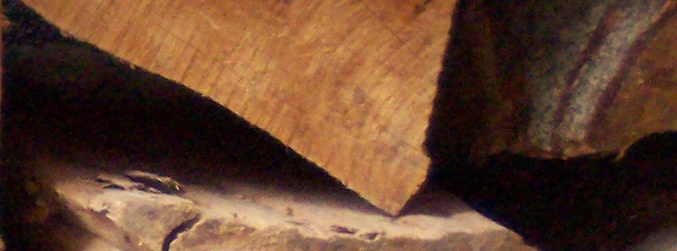 |
f/3.4, 1/30 sec, ISO 400 |
 |
f/3.4, 1/8 sec, ISO 100 no filter |
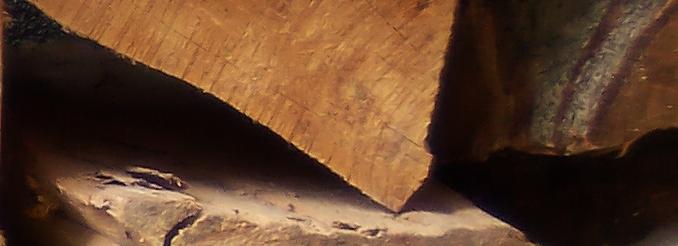 |
f/3.4, 1/8 sec, ISO 100 noise filter level 1 |
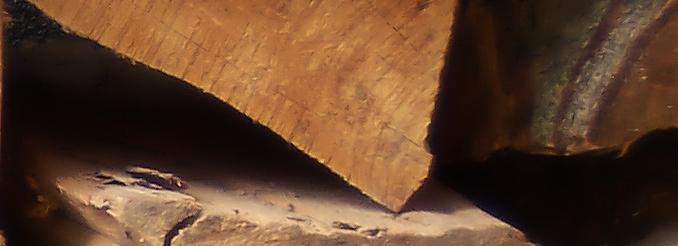 |
f/3.4, 1/8 sec, ISO 100 noise filter level 2 |
 |
f/3.4, 1/8 sec, ISO 400 no filter |
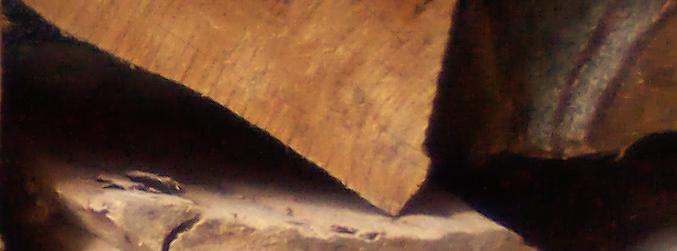 |
f/3.4, 1/8 sec, ISO 400 noise filter level 2 |
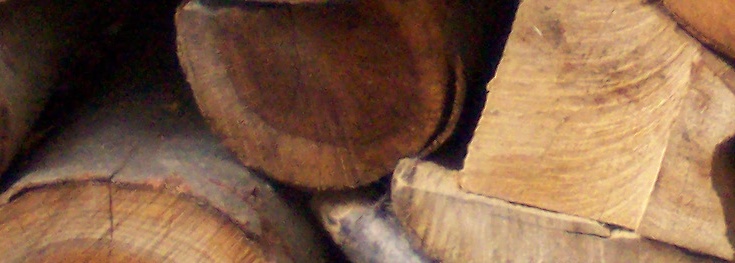 |
f/3.4, 1/8 sec, ISO 400 no filter |
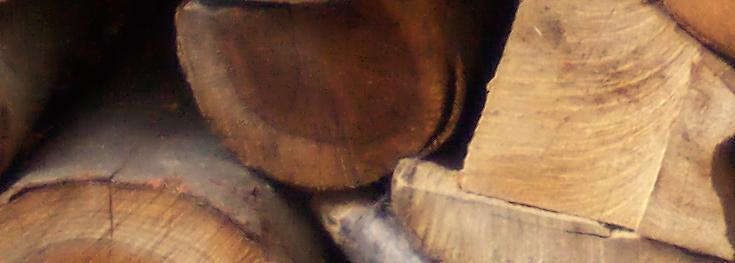 |
f/3.4, 1/8 sec, ISO 400 noise filter level 2 |
